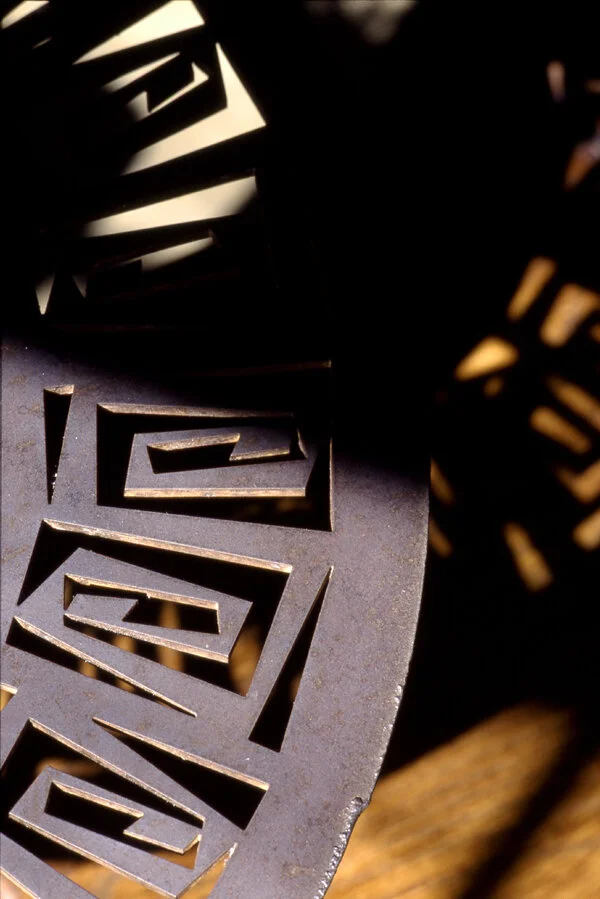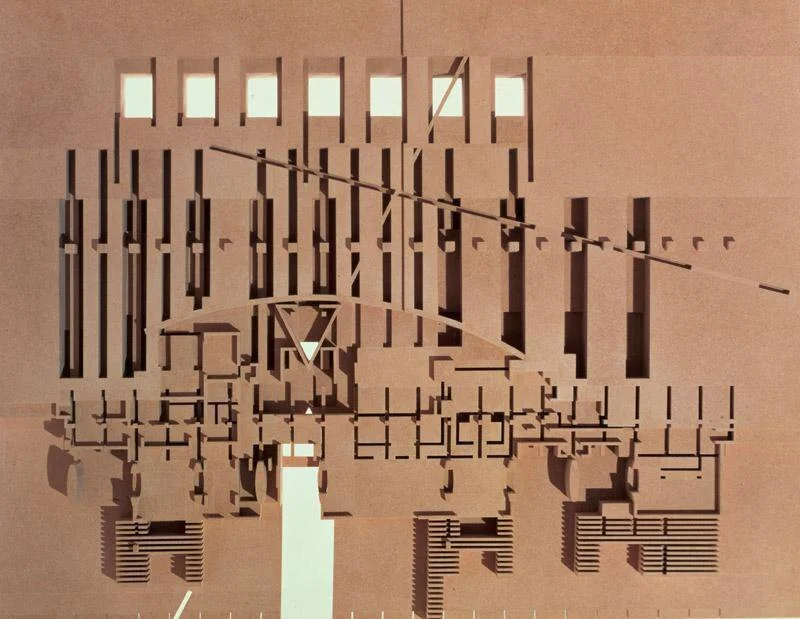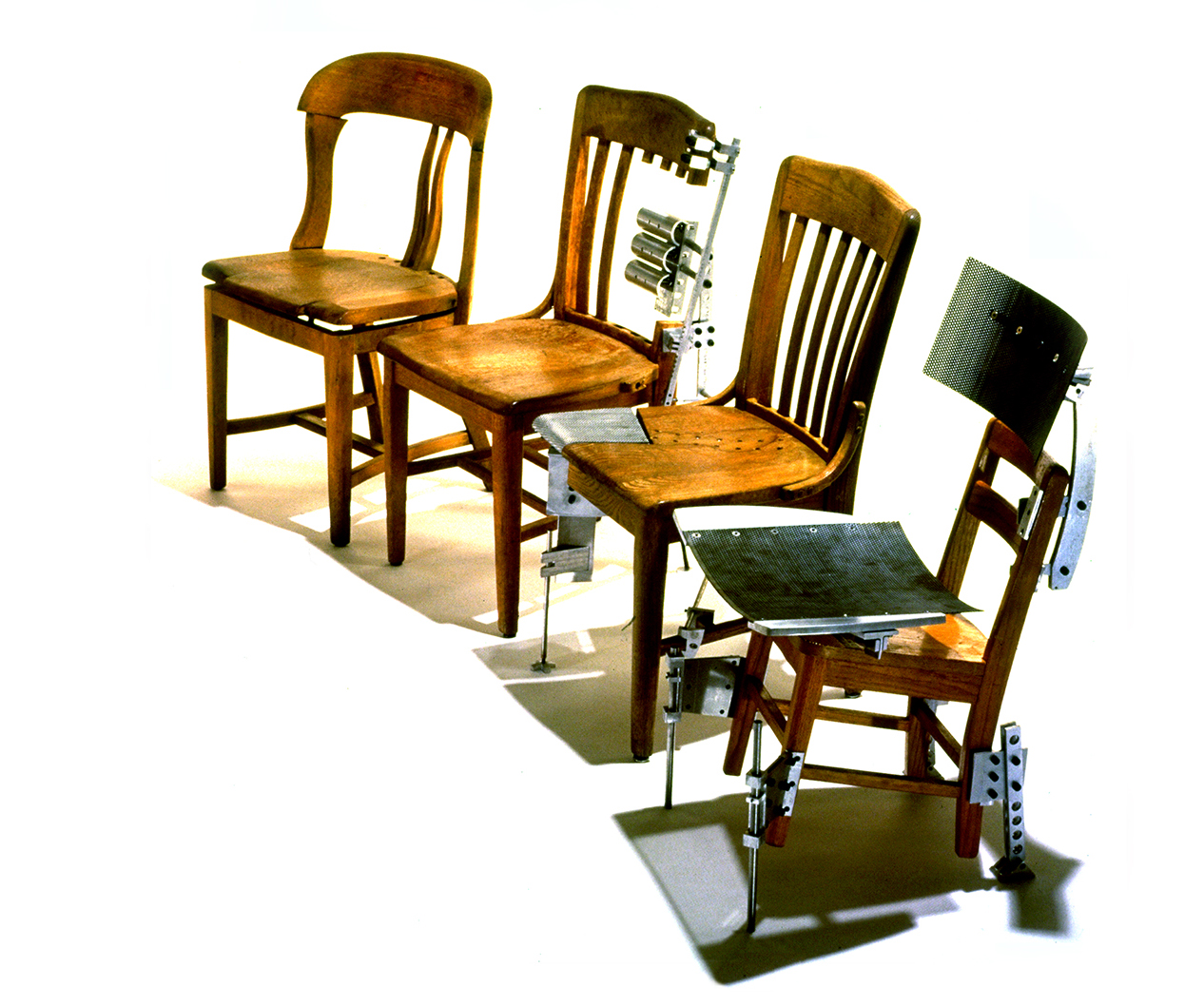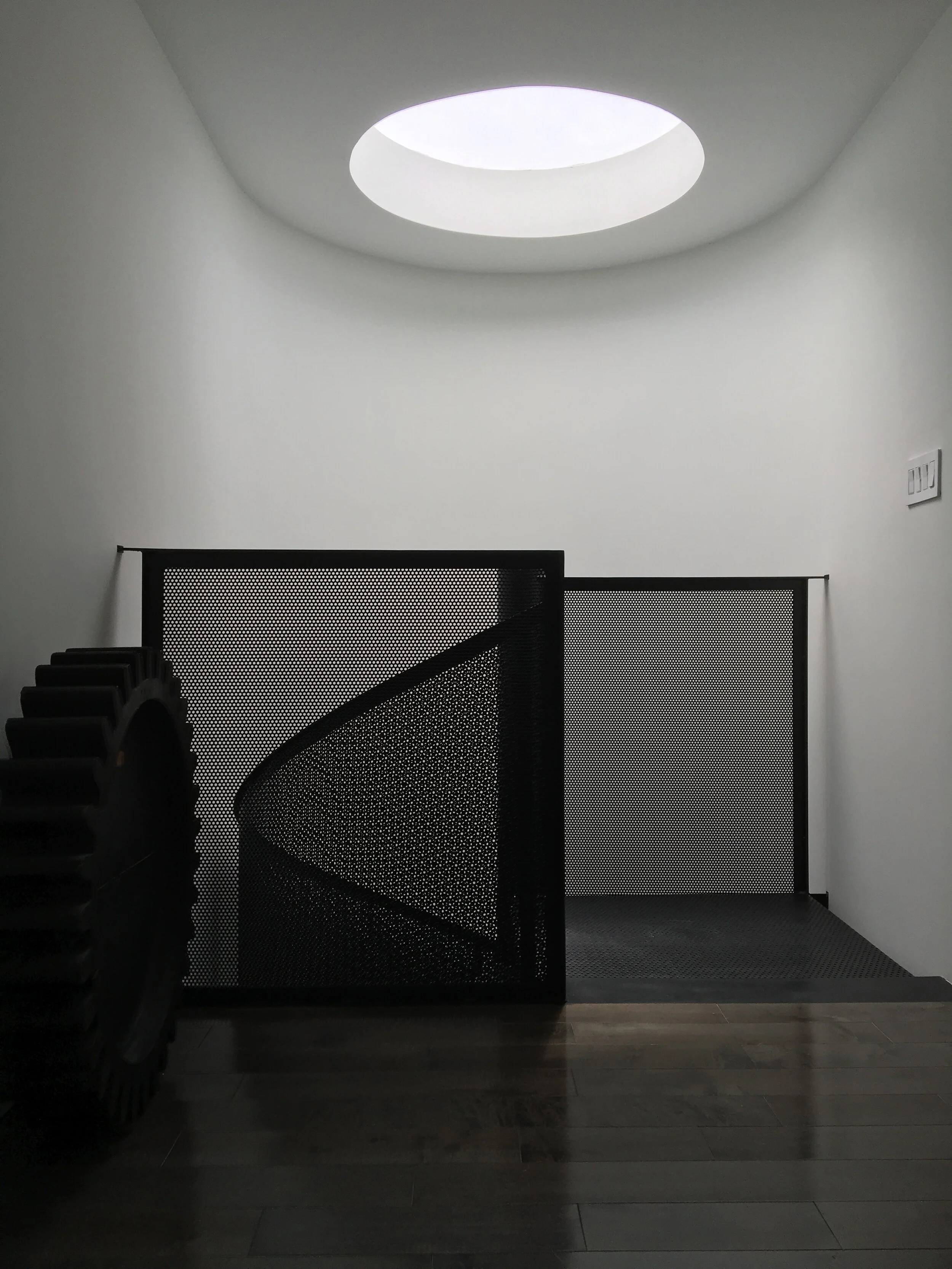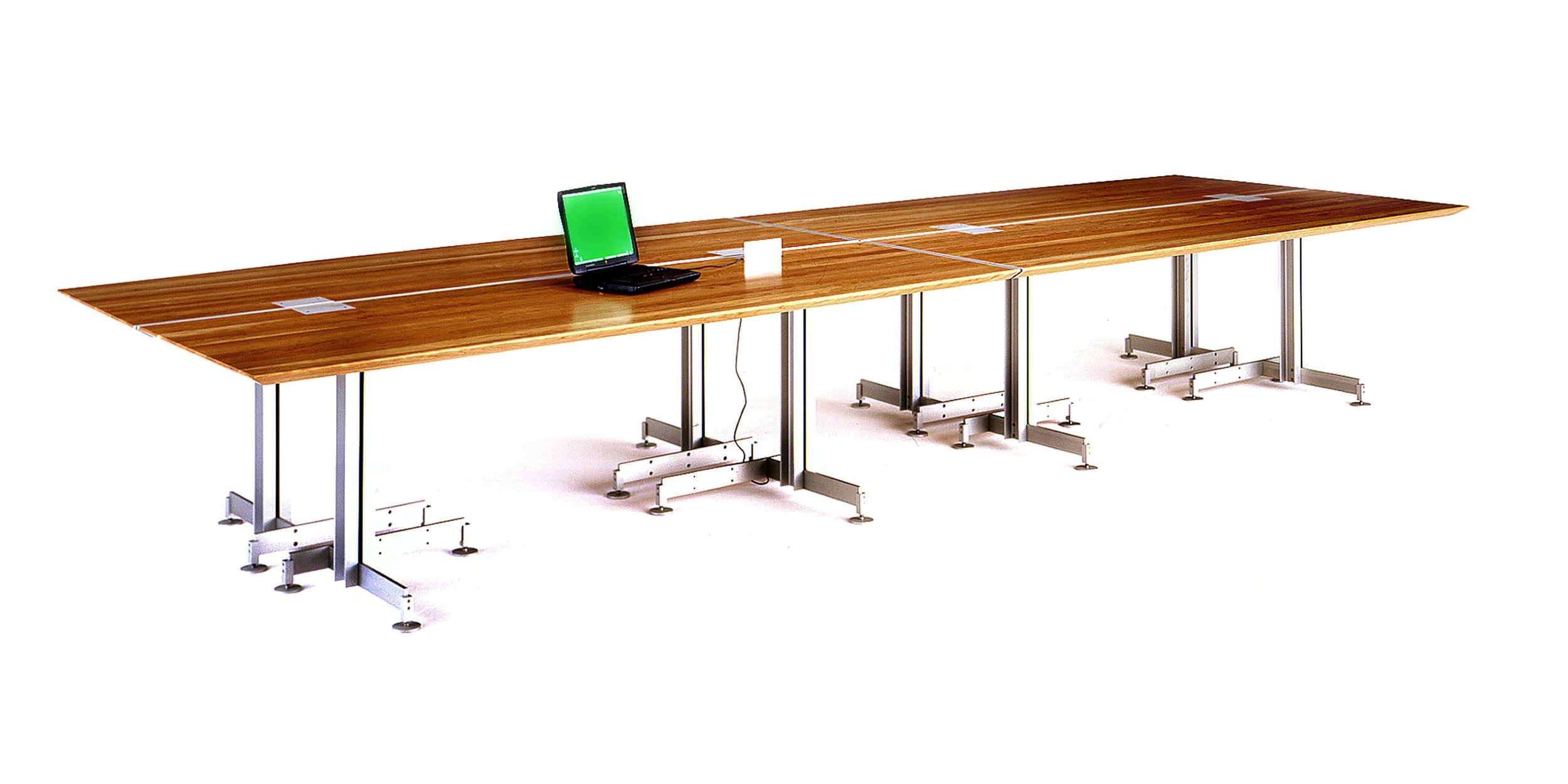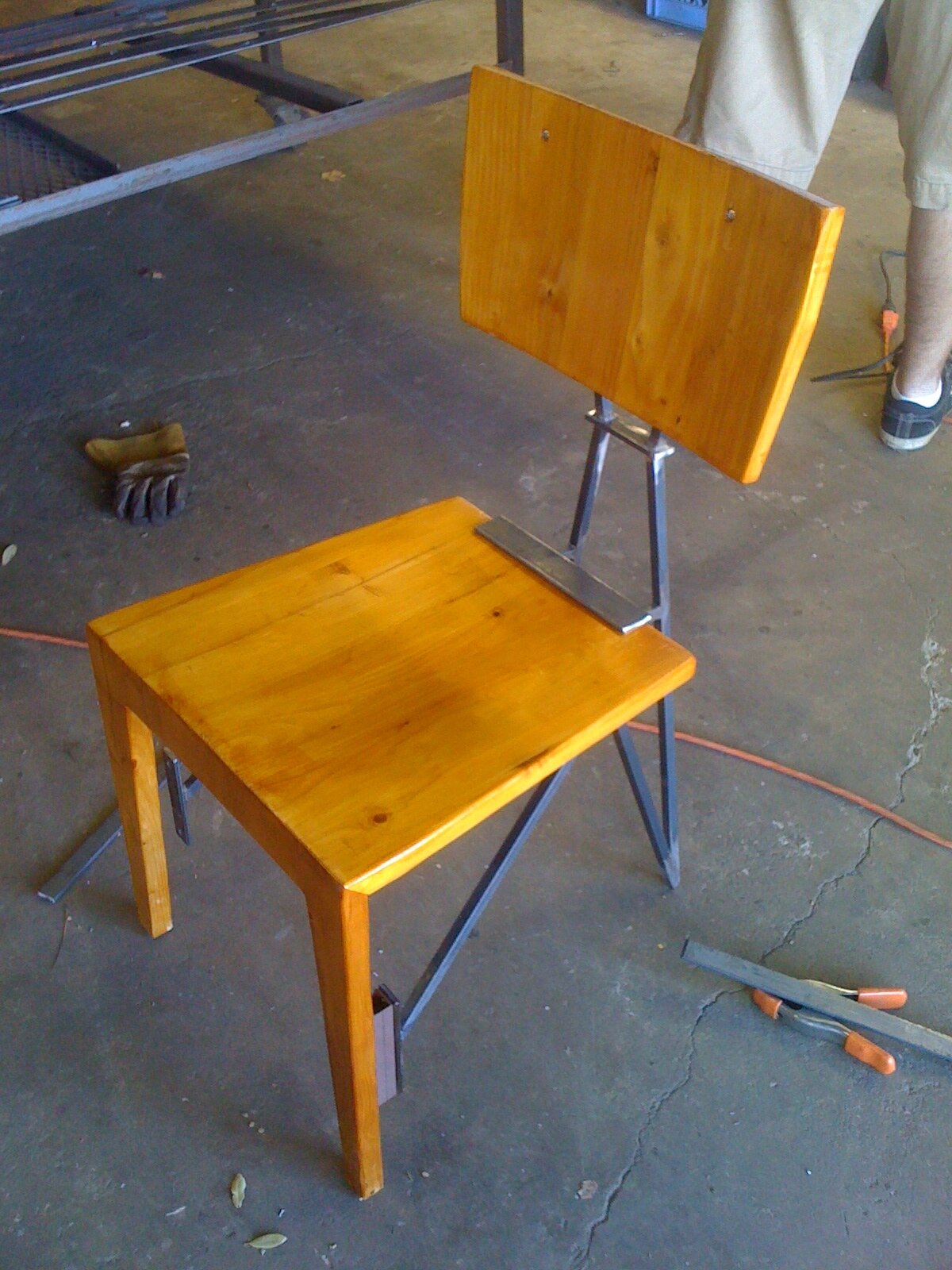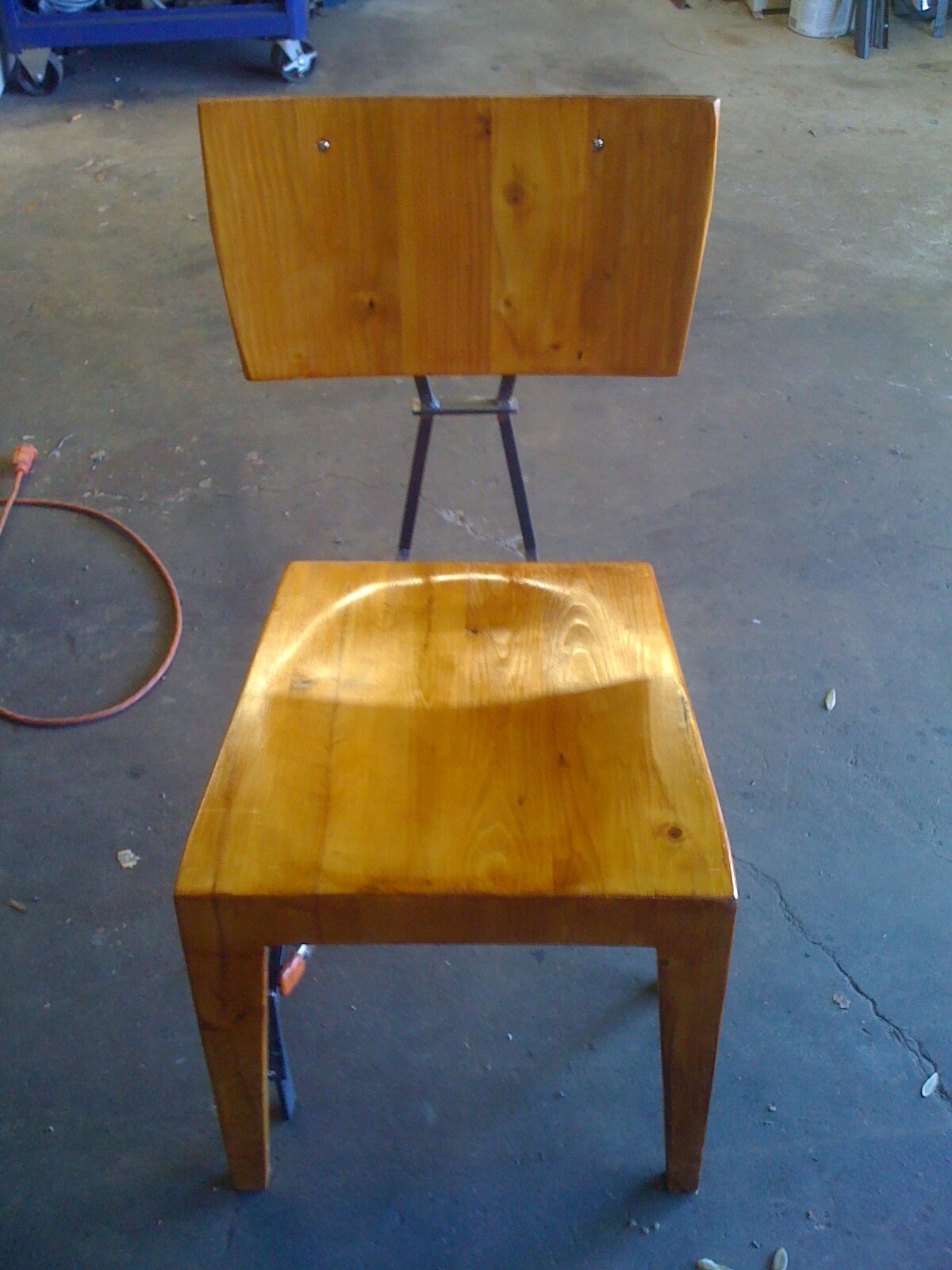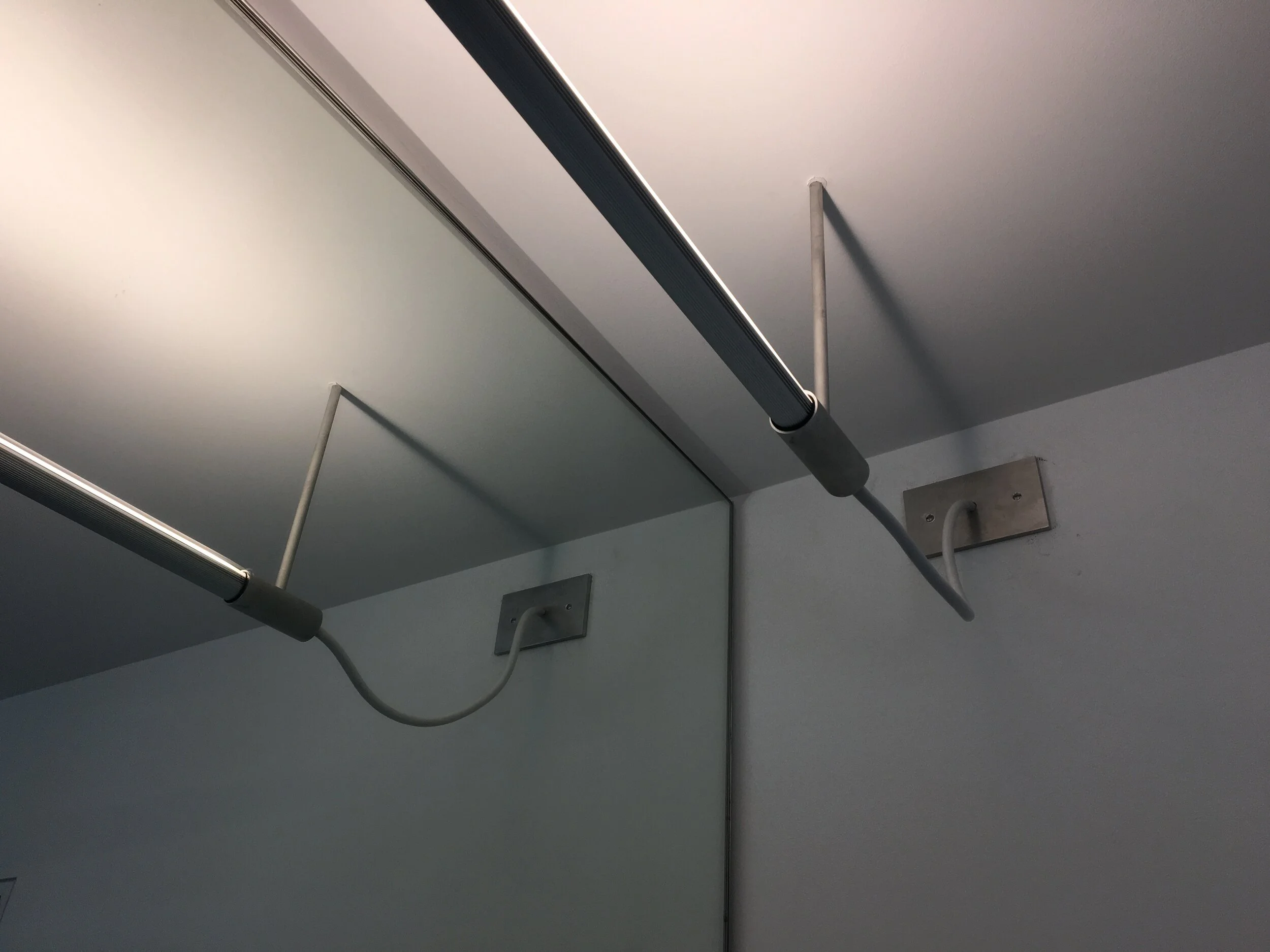Each intervention expresses a specific idea and unique relationship to the original chai. They belong together, in sequence, as a conceptual whole, like the sentences of a coherent paragraph. The work evolved in the serial sequence presented and represent the progression of thought, a gradual transformation of the object. But I didn’t know that’s what I was doing until I was done. There’s a lot I’ve discovered in hindsight.
The writing metaphor is useful here. Through the act of writing, can learn things we don’t intend to discover, things we can only hope to reveal to ourselves. When writing, the complete concept—a paragraph, much less an essay or book—is never preconceived intact, then executed. Rather, the act of writing one idea shapes the next which can reshape the original idea: Editing is part of the iterative process. Even with a clear outline, we don’t know what the next sentence will be until we arrive at that place. Then we double back and make adjustments to hone our direction.
I’m not suggesting that this body of work began with clarity of the overarching idea or an outline. Like writing, I began with an incomplete idea, an intention, and allowed it to lead me to somewhere unexpected. It began with a spark, one little discovery that made contact with another combustible material that I had been carrying around in my mind, igniting a chain reaction. The act of making can be a heuristic process, one revelation leading to two more, and so on. The challenge becomes selecting from a menu of possibilities, not being from being at a loss for ideas.
This hands-on discovery process that relies on the direct manipulation of materials, has informed and influenced everything that came after the chairs, both in my own work and in my teaching—whether my hands are directly involved in shaping materials or not. This idea of making as a heuristic process forms the pedagogical foundation of the CUBE exercises and the Mandolin Project.
I was fortunate to choose the chair as my vehicle of exploration. Maybe I was guided by intuition, but it feels like the choice was dumb luck. (I kind of feel the same way about the CUBES.) I didn’t appreciate or even understand the chair’s unique position of power or its rich potential as a medium until I was well underway. My understanding and appreciation continues to grow with time. The most fundamental source of this power is the chair’s universality and its anthropomorphic quality. It is impossible to talk about chairs without using human body analogies. Arms, legs, back, seat, joints. This undeniable relationship connects us to these inanimate objects on a visceral level. That’s why disabling and disfiguring them, and introducing prosthesis triggers an emotional response. Injury, loss, amputation, prosthetics, restoration, vulnerability, fragility, resilience, pain, healing, compassion—We feel for these objects. We empathize.
This emotional connection leads me back to the basic, unbreakable rules I set out at the project’s inception. If there was an initial outline, it was this: Each chair had to be first rendered non-functional, then fully restored to its original purpose, making the interventions essential to the chair’s viability. The second imperative is the chairs had to be at least as comfortable as in their original state. The relationship between the chair and the intervention had to be symbiotic for the idea of a prothetic device to be at all meaningful, and not just an image or a glib one-liner. To me, comfort was non-negotiable if the chairs were to remain viable as furniture, a requirement to avoid devolving into clever bits of useless art furniture—a category I typically find repulsive—or even worse, ruining a perfectly good chair. I have a hard time dealing with uncomfortable furniture, including even some of the Modern icons. And I have little desire to create useless art/furniture objects that are simply interesting to look at on display. The one frustration in the fact that the chairs are now in a museum is that they’re untouchable. They’ve been taken out of circulation. No one can experience the contrast between what they look like and what they feel like, and know that they are still actually still functional, comfortable chairs. One must actually sit in them to know that.












